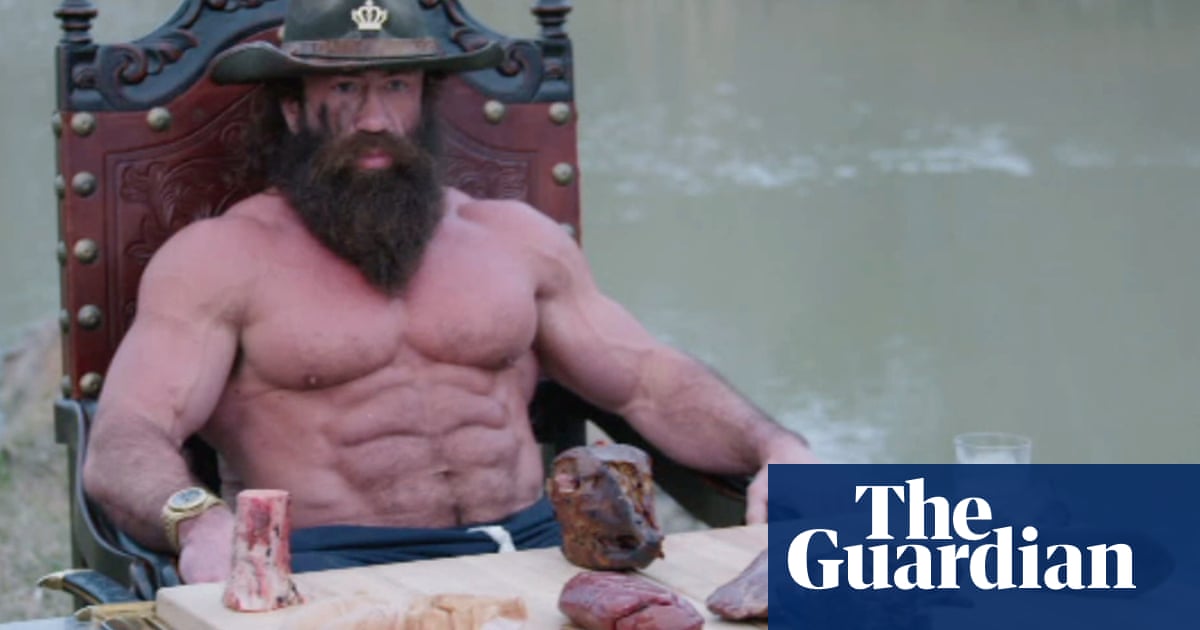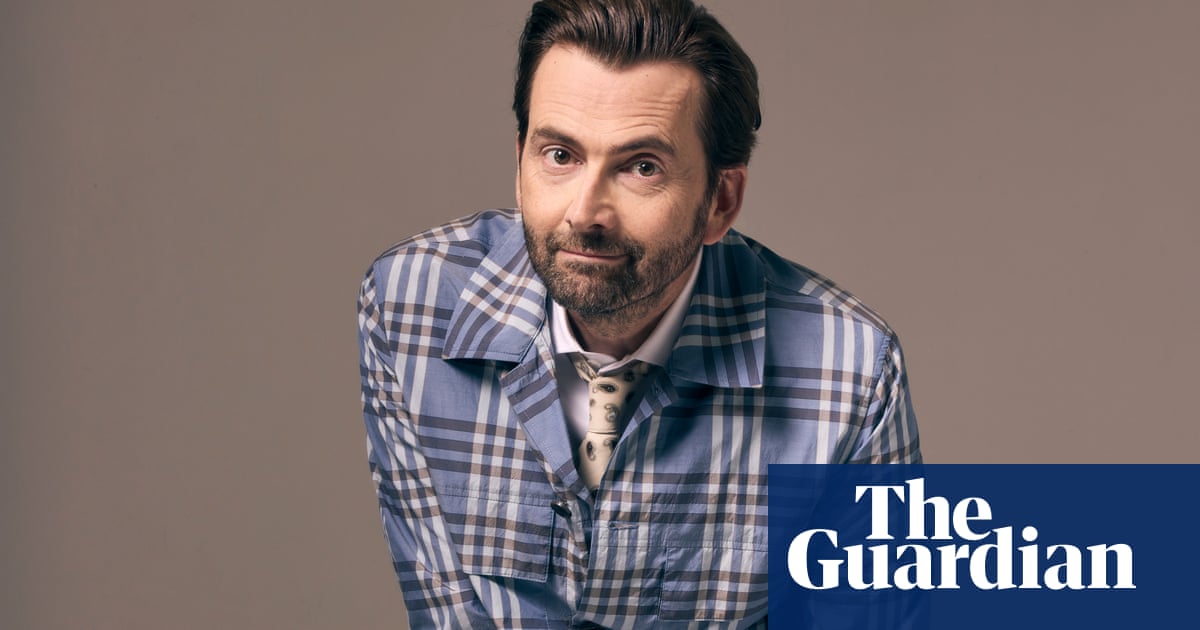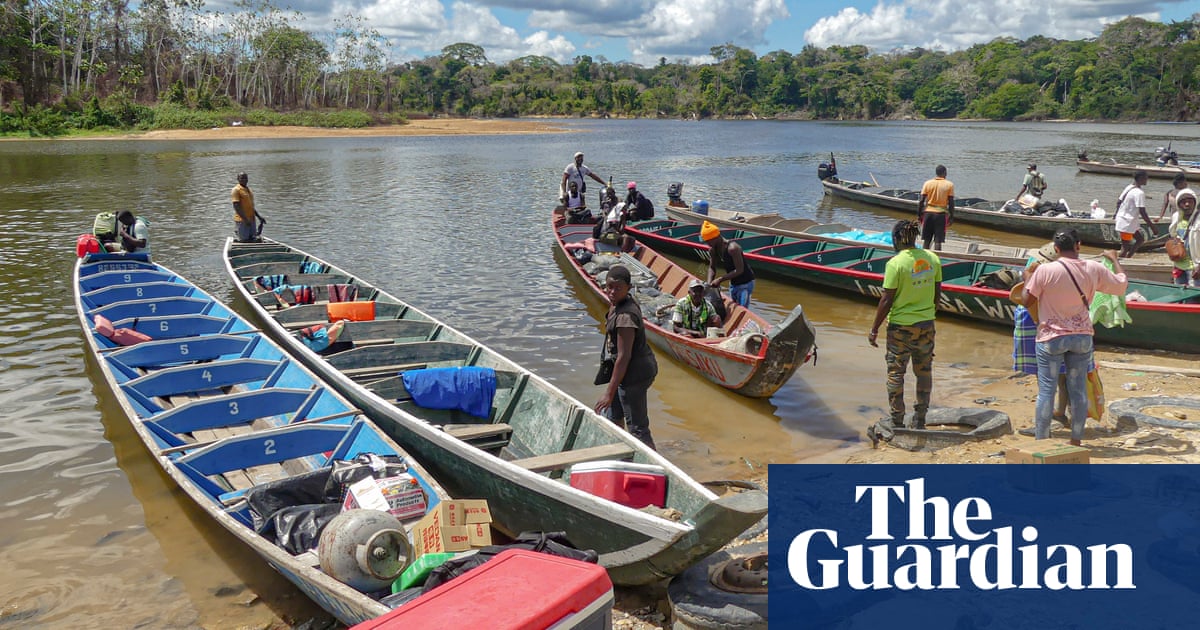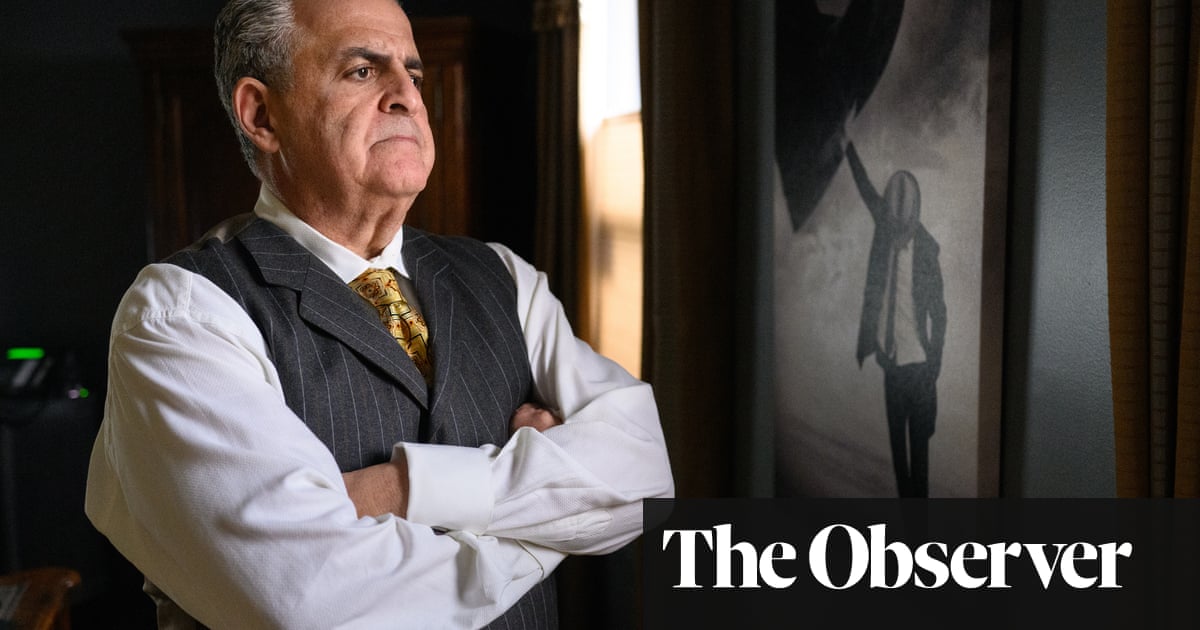It may seem like a stretch to call a film that features scenes of rape, murder, incest, castration, cannibalism, bestiality and, most famously, shit-eating, a “feel good” movie, but I can’t think of a film more worthy of the title than Pink Flamingos. To me, it’s like Singin’ in the Rain, but with scat, a thing of pure beauty and joy disguised as the most disgusting thing ever filmed.
The will to create a movie for the specific purpose of appalling anyone unaware of its true meaning turned Pink Flamingos into the ultimate litmus test. You either got its sick jokes or you didn’t. But those who did got something far more lasting than a laugh. We got a one-way ticket to an underground populated by parallel dissidents, an entire community of the unruly and free. That’s a lot to gain, which is why, even decades after I first saw Pink Flamingos, I return to it whenever I need to be reminded there’s a universe of possibilities out there not reflected in the world we know now.
Following the disastrous results of last year’s US election, I know millions of us feel we’re in just such a moment now. To some, this may seem like the worst such moment they’ve ever experienced. Which is what makes watching Pink Flamingos now feel not just good but vital. Watching whisks me straight back to when I discovered it in 1974, when I was still a junior high kid just figuring out that I was gay. Back at that benighted time, not a single accurate reflection of gay life existed anywhere but the underground. The idea of a public gay movement had only begun a few years earlier and, so, seem entirely hypothetical. In that context, I longed for any hint of subversion I could get my hands on, something I found most easily in the pages of the Village Voice.
In the 70s, the Voice served as a kind of freak magnet, sending smoke signals expressly to those most in need of decoding them. Every week the paper ran an ad for a film that seemed to be calling my name. Titled Pink Flamingos, it starred someone called Divine, wearing a tutu with a shaved-back forehead and scrawled-on eyeliner that conjured images of the killer clown from every kid’s nightmare. The ad quoted one review that likened the film to something “beyond pornography” (New York Magazine), while another called it “the sickest movie ever made” (Interview Magazine). “Proceed immediately,” the magazine advised.
Thank God I did. Even though the film had already been playing for two years at the theater where I saw it, Cinema Village, the 16-year-old me found every frame of it deliciously new. As dedicated fans know, the plot of Pink Flamingos follows the battle for the coveted title of “Filthiest Person Alive,” between Divine, a murderous maniac who lives in a ruined trailer with her mentally challenged, egg-obsessed mother, and Connie and Raymond Marble who, to be honest, seem to have Divine beat hands-down in the filth department. Their m.o.? They kidnap teenage girls, have their chauffeur rape and impregnate them, then sell the babies to lesbian couples so they can use the proceeds to push heroin to inner-city schoolkids. What’s not to like?
Writer/director John Waters used his insane plot to create a wholly new world. Aided by his “ugly experts” – Vincent Peranio (set designs), and Van Smith (make-up) – he visualized punk long before such a thing was even conceived. Connie and Raymond Marble boasted cobalt blue and fire engine red hair at a time when no human being would dare appear that way in public. The world such characters occupied wasn’t just avant-garde, it was en garde against everything “normal” or known. While the results were meant to shock, I was in awe. As funny as the film was, to me something far more soulful was going on. With Pink Flamingos, Waters found a way to repurpose depravity as liberation, anarchy as art, in the process creating the ultimate cri de coeur for the irredeemably contrary.
After seeing it for the first time I was overwhelmed by two thoughts: first: “I’m not alone.” Second: “everything’s been done.” In one fell swoop, Waters had birthed a universe and killed it. The shock gauntlet he threw down could not be picked up, even by him once he completed his sacred trilogy of outrage with Female Trouble and Desperate Living. By the 80s, Waters was making movies like Hairspray, a yes, very like-able film but one that even respectable people could admit to liking.
Shortly after my first encounter with Pink Flamingos I began a writing career dedicated to both outsider and insider art. In that capacity, I’ve had the chance to interview Waters many times. In one such talk, to toast the 40th anniversary of Pink Flamingos I told him that his film had done something foundational for me: it helped me become myself. In that moment, Waters, the high ironist, suddenly turned soft. “That’s why we made it,” he said.“For people like you.”
Turns out, there are far more such people than I originally imagined, a truth I hold tight in dark days like these.

 3 months ago
40
3 months ago
40













































